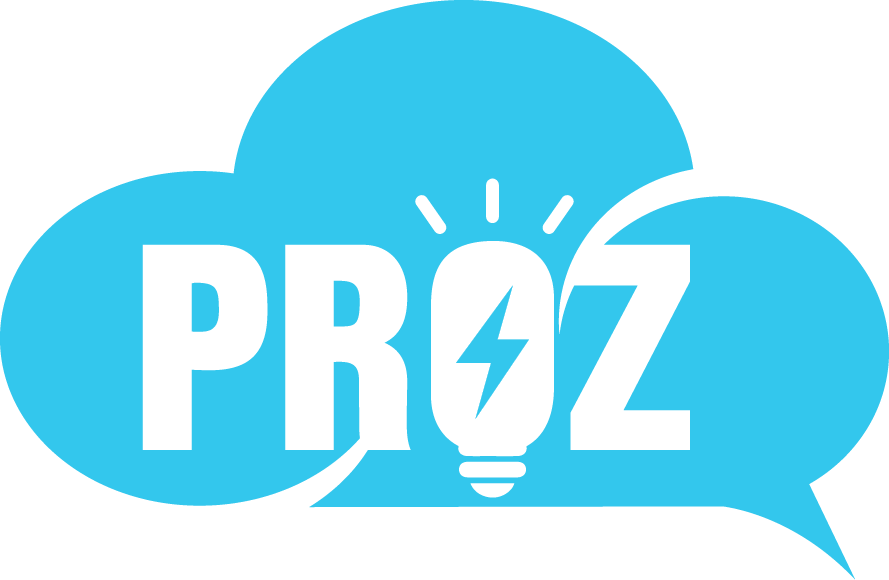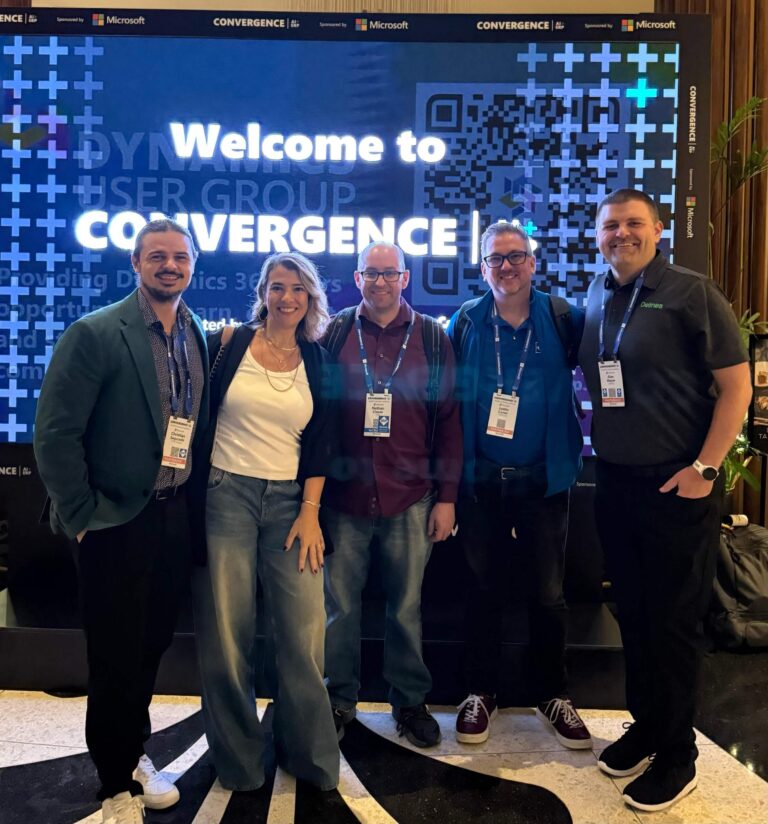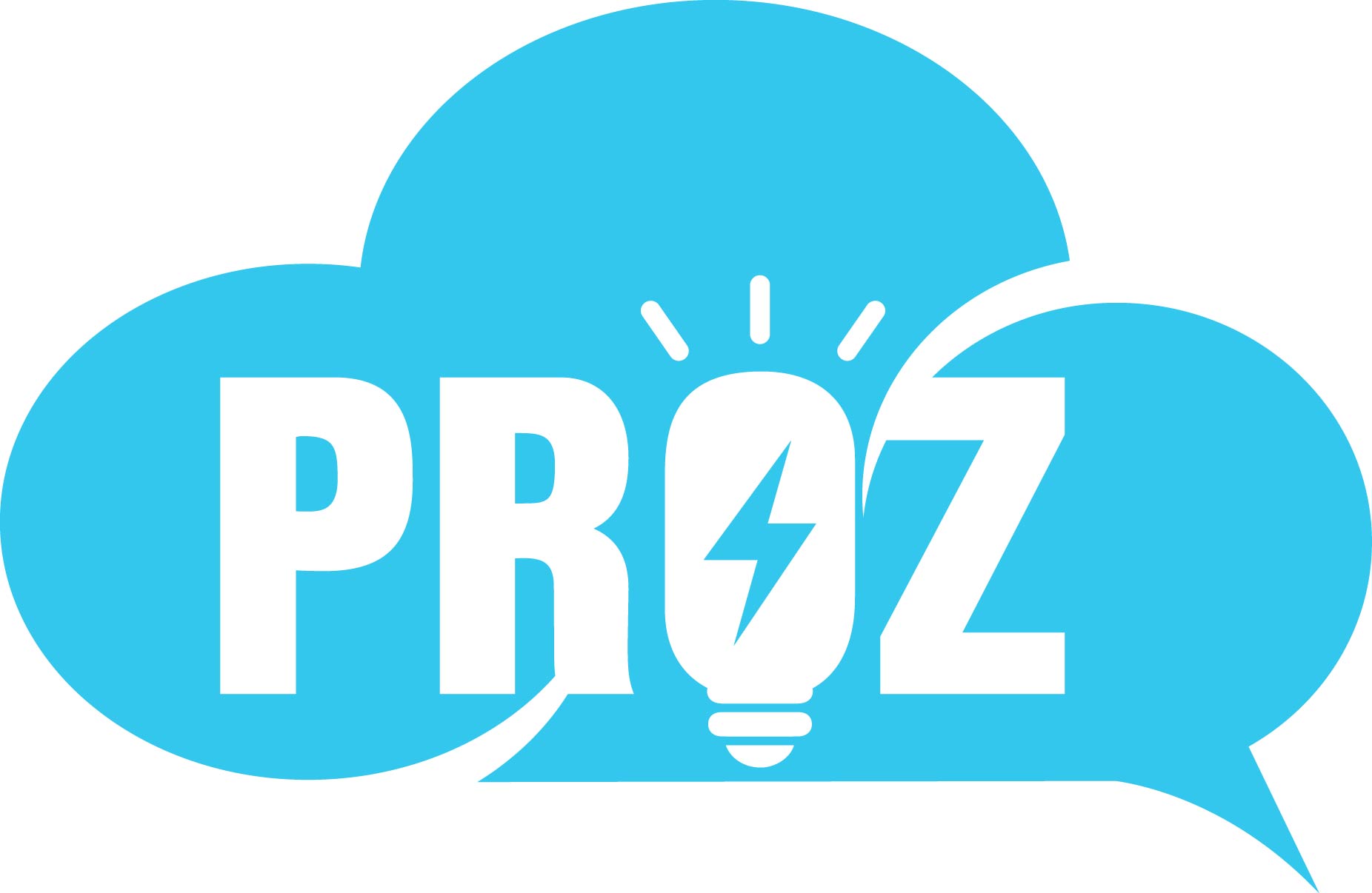AI is reshaping the workforce, but the rise of Agentic AI — systems that take action, not just respond — brings new challenges. These tools are already transforming customer service roles — streamlining layers of decision-making, requiring new skill sets from teams, and demanding careful oversight, governance, and continuous training to ensure responsible use.
The question now isn’t whether AI is brilliant — it’s whether we’ll design it to be humane. Salesforce has built its AI platform and business practices with that goal in mind with Agentforce. We have designed our solutions so that humans remain at the center of everything, with better skills, a minimum of drudgery, and best able to unlock their creative potential.
As adoption accelerates, the real risk isn’t the technology — it’s losing our humanity in the process. For AI to create long-term value, it must be deployed with empathy, ethics, and care for everyone it touches. As Gandhi said, “The greatness of humanity is not in being human, but in being humane.”
This article kicks off our new series, Agentforce Reinforces the Human and the Humane in Your AI Strategy. Each article will focus on practical strategies for navigating change, upskilling teams, building trust, and designing AI experiences that feel more like support and less like a script.
In the first piece, we explore how customer service leaders can thoughtfully adopt AI while preserving what makes their organizations human.
What you’ll learn:
Prepare your org for Agentforce
Want to get the most out of digital labor? Our exclusive guide covers the best practices you need to know.

6 building blocks of a humane AI strategy
Building AI that’s truly humane starts with a thoughtful, people-first strategy. It’s not just about what the technology can do — it’s about how it impacts your teams, your culture, and your customers.
1. AI’s impact on jobs
AI will inevitably automate many tasks currently performed by humans — especially in high-volume customer service and entry-level roles. But it will also create new customer service jobs that demand enhanced skills, such as AI Support Architect or Experience Designer. Organizations must begin reshaping their workforce strategies now to manage this transition.
2. The future of the employee
Beyond skills, employees want security, clarity, and a sense of purpose. Leaders must communicate transparently, develop new career paths, and create a culture where people feel supported — not sidelined — by AI. When employees feel valued and empowered, they’re more likely to embrace AI as a tool for growth rather than a threat to their roles.
3. Skills and training
As AI becomes more embedded in day-to-day service work — handling routine tasks, surfacing insights, and even making decisions — human roles are shifting toward higher-value (and more stressful) responsibilities. This means developing skills that go beyond technical know-how, including critical thinking, emotional intelligence, and the ability to collaborate effectively with AI. Many of the roles of tomorrow haven’t been defined yet, but they’re emerging quickly. To stay ahead, service teams can tap into Salesforce resources like Trailhead — our free online learning platform with practical, role-based AI training — and the Serviceblazer Community on Slack, where support pros share tips, experiences, and best practices for navigating change.
4. Organizational change
Agentic AI will flatten traditional hierarchies. Many companies will establish Centers of Excellence for AI, bringing together HR, IT, and operations leaders to drive governance, training, and innovation. This shift will require new collaboration models and shared ownership to ensure AI delivers value across the business. Management skills will need to be bolstered; the role of manager will be dramatically different in 2030, and few organizations are prepared, or taking sufficient steps to accommodate AI.
5. Humanity and culture
The best AI strategies are grounded in empathy. Organizations must model the customer journey and continuously evaluate how AI interactions feel — not just how they perform. By prioritizing emotional intelligence alongside efficiency, companies can build AI experiences that feel genuinely human and foster lasting trust.
6. Customer experience
Customers still crave human-like, trustworthy customer service experiences — especially in urgent or complex scenarios. AI should be a complement to human service, not a substitute. That’s where tools like Agentforce come in. AI agents work alongside your team to handle common and complex tasks, surface insights, and support more personalized interactions, so your reps can focus on what they do best: solving problems with empathy and care. (Back to top)
Join the award-winning Serviceblazer Community on Slack


Trust as the new metric for AI
Trust is what turns a good customer service experience into a loyal one. A critical part of trust is that customers who trust you will provide 5x to 10x more data about themselves. Since accurate data is the cornerstone of AI, trust takes on a more urgent position as a corporate goal.
In an AI-driven world, trust is built not just through outcomes, but through transparency, fairness, and humanity. Companies must ensure that automated interactions are clear, ethical, and aligned with customer values. That means applying the same standards to AI as we do to people: privacy, fairness, and accountability. (Back to top)
Agentic AI is here — and we’re just getting started
Despite the rapid pace of development, most customer service teams are still in the early stages of AI adoption. Predictive tools have been around for years, but truly autonomous, Agentic AI like Agentforce is just beginning to scale. These systems are already handling complex workflows like order management, returns, and even personalized upsell paths. But fewer than 1% of enterprises have deployed Agentic AI at scale.
Seeing results with Agentforce
Customers using Agentforce are already seeing big shifts. Up to 70% of chat interactions are now handled automatically in customer self-service. In some cases, phone call volumes have dropped by half. Service reps save time with smart summaries, suggested next steps, and automation that captures full conversation context — all of which improves both speed and service quality.
What makes Agentforce different isn’t just its capabilities. It’s the autonomy. These AI agents can pursue goals, make multi-step decisions, and adapt in real time. They don’t just respond — they act.
What the future holds
Imagine AI agents that work with other AI agents — like personal AI that steps in during a crisis to help a driver after a car accident, manage the insurance claims process, and coordinate transportation and repairs through field service management. These kinds of end-to-end, proactive customer service experiences aren’t far off. With Agentforce, we’re already seeing the foundation: AI agents that collaborate, take action, and adapt in real time — all within the trusted guardrails set by your business. But turning that vision into reality takes more than technology. It takes leadership and a commitment to designing AI with purpose. (Back to top)
Lead the change: 4 actionable steps for CX leaders
To build a future-ready service organization, leaders need more than good intentions — they need a plan. As AI reshapes customer service, it’s critical to take deliberate steps that support your people, preserve trust, and deliver real results. Here are four practical ways to lead with purpose in the age of Agentic AI:
1. Develop a talent transition plan
Start identifying the future skills your organization needs. Map current talent, build reskilling programs, and communicate clear paths forward. This not only protects your institutional knowledge base — it helps retain your top talent.
2. Define human-in-the-loop guardrails
Not every moment should be handled by AI. Map your customer journey and flag high-stakes, high-emotion scenarios for human escalation. Trust is built in the details.
3. Pilot Agentic AI strategically
Start small but smart. Choose a high-volume, low-complexity task like order tracking or returns. Prove the ROI, then build a plan for responsible scale.
4. Establish an AI trust and governance committee
Bring together a cross-functional team — customer service, HR, IT, and legal — to oversee fairness, privacy, and transparency. The same rules that govern people must apply to AI. (Back to top)
Build AI that puts people first
AI is moving fast, but speed isn’t the only measure of success. What matters just as much is how thoughtfully we bring it into our organizations and who we empower along the way. The goal isn’t just smarter systems, but more human ones — built with empathy, trust, and care at the core.
In the next article in this series, we’ll dive into the scale of impact of AI on customer service. (Back to top)
Meet Agentforce for Service
Watch Agentforce for Service resolve cases on its own, deliver trusted answers, engage with customers across channels and seamlessly hand off to human service reps.








